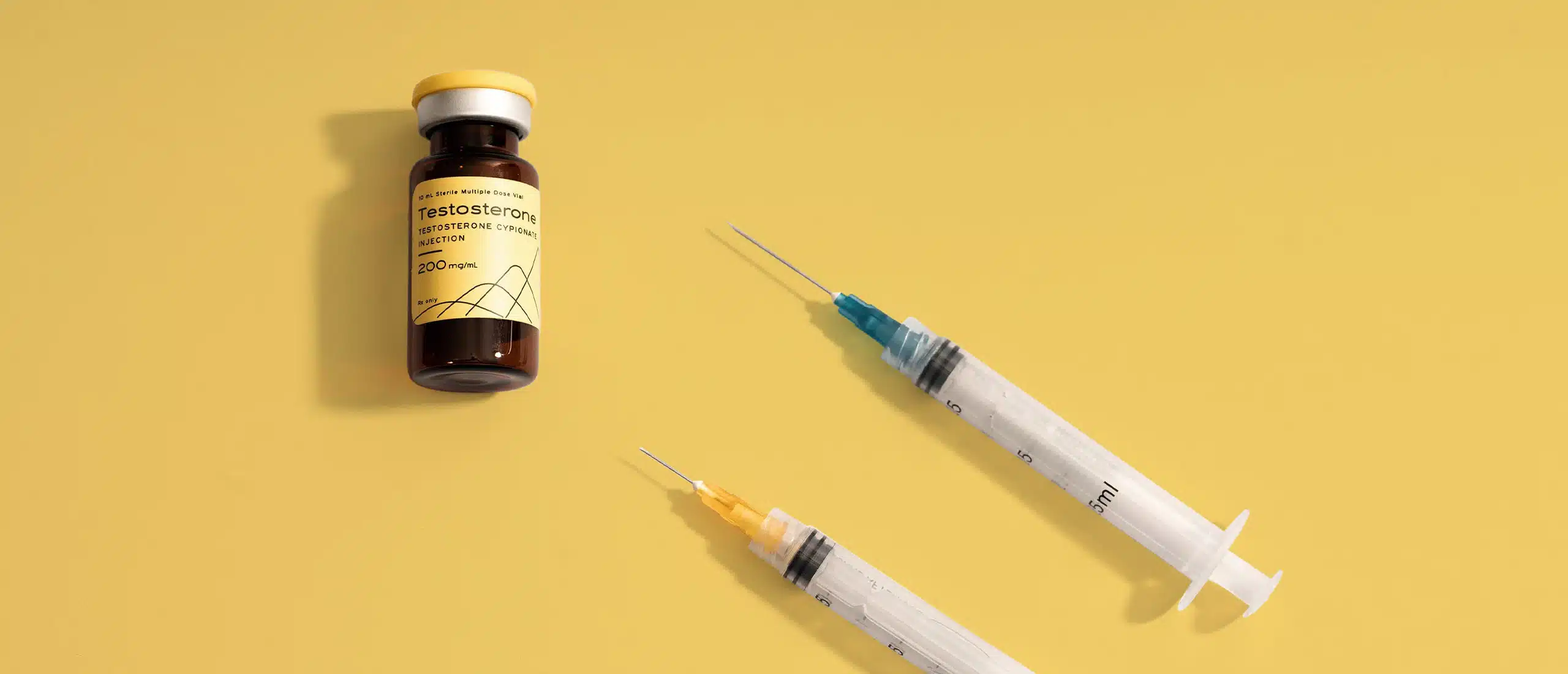
Testosterone is a hormone that plays a critical role in a man’s physical and emotional health. It’s responsible for muscle mass, bone density, and sex drive, making it a crucial component for overall wellness. However, low testosterone levels can lead to serious health problems and a diminished quality of life. If you suspect that low testosterone is the cause of your symptoms, such as fatigue, weight gain, or low libido, you may want to talk to a doctor about getting a how to get prescribed testosterone. But how do you do that? In this blog post, we’ll take you through all the steps and considerations you need to take to get a doctor to prescribe testosterone.
Table of Contents
Recognize the Symptoms of Low Testosterone
The first step in getting a doctor to prescribe testosterone is recognizing the symptoms of low testosterone. These symptoms are varied and include decreased sex drive, fatigue, decreased muscle mass, hot flashes, and irritability. It’s essential to keep in mind that these may also be symptoms of other medical conditions, which is why it’s so important to start by consulting a healthcare professional. Recognizing your symptoms and tracking them can help you build a case for why you need testosterone replacement therapy.
Schedule an Appointment with the Right Doctor
Once you suspect low testosterone, it’s time to schedule an appointment with the right doctor. Endocrinologists and urologists are specialists who can help you evaluate your symptoms and levels of testosterone. You may also want to consider a general practitioner who specializes in men’s health and hormone therapy. Look for doctors who have experience with testosterone replacement therapy to get the best care and advice for your specific needs.
Discuss Your Symptoms in Detail
When you meet with your doctor, be prepared to discuss your symptoms in detail. Bring a log or journal of symptoms you’ve experienced, including when they started, how often they occur, and how they affect your daily life. This information will help your doctor evaluate your condition and determine whether testosterone therapy is right for you. Your doctor may also order lab tests to measure your testosterone levels and assess other health factors that could affect testosterone production.
Consider Your Treatment Options

Once your doctor has diagnosed you with low testosterone, you’ll need to consider your treatment options. Testosterone replacement therapy can boost testosterone levels that are too low and relieve symptoms associated with low testosterone. The treatment options include traditional injections, transdermal patches, topical gels, and pellets implanted under the skin. Your doctor can help you decide which option is best suited for your needs and goals.
Follow Up with Your Doctor Regularly
Testosterone therapy requires regular monitoring, so plan to follow up with your doctor regularly. During these follow-up appointments, your doctor will evaluate your progress and may adjust your dosage or treatment plan as necessary. Be sure to attend all appointments and report any new symptoms or side effects you may experience.
Getting a doctor to prescribe testosterone requires you to take several steps, from recognizing your symptoms to following up with your doctor regularly. By doing your research, scheduling an appointment with the appropriate specialist, recording your symptoms in detail, and considering the treatment options available, you can start to feel better and increase your quality of life. Don’t delay in speaking to your healthcare provider and getting the help you need. With the right care and attention, you can restore your vitality and enjoy a healthier, happier life.





